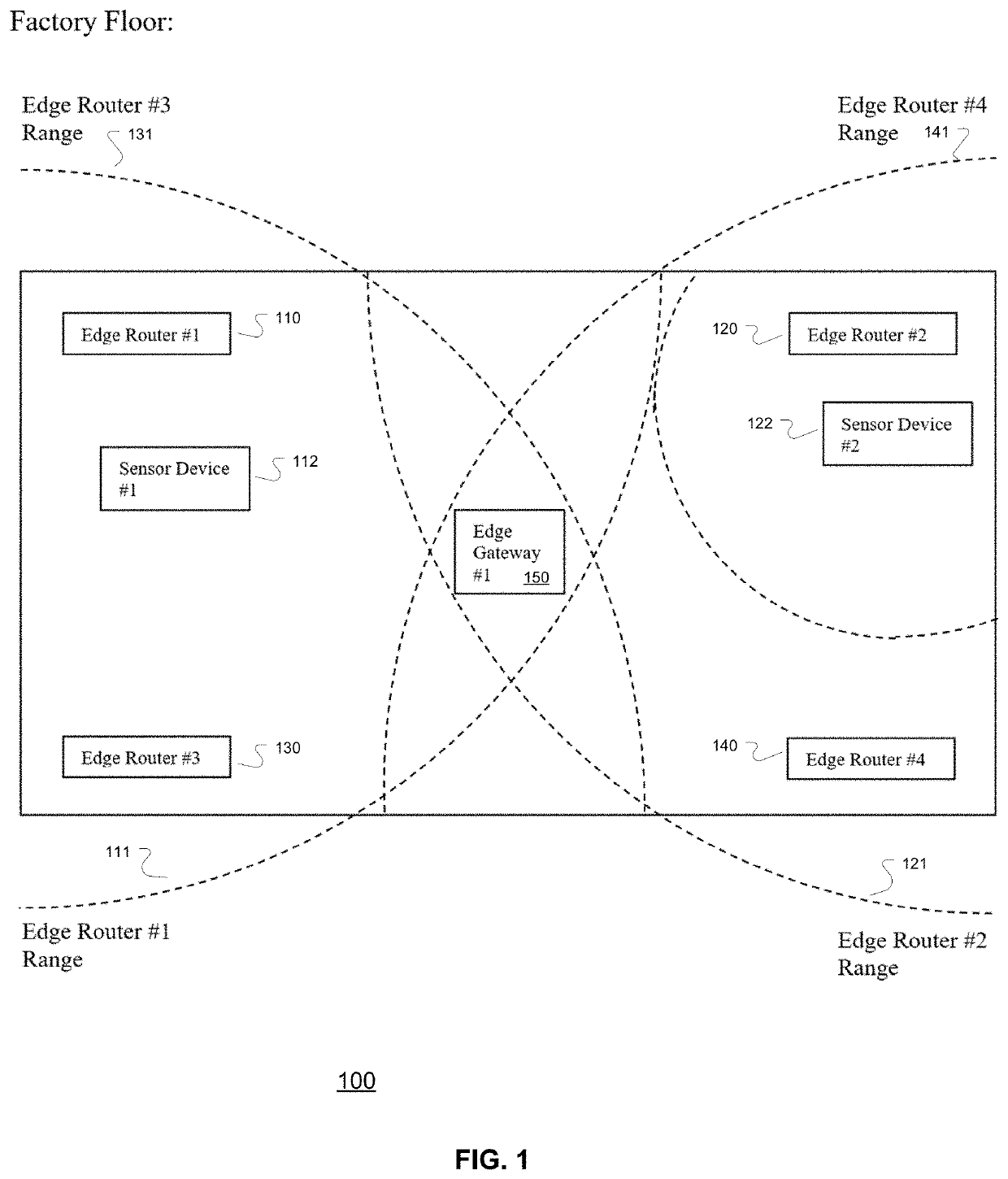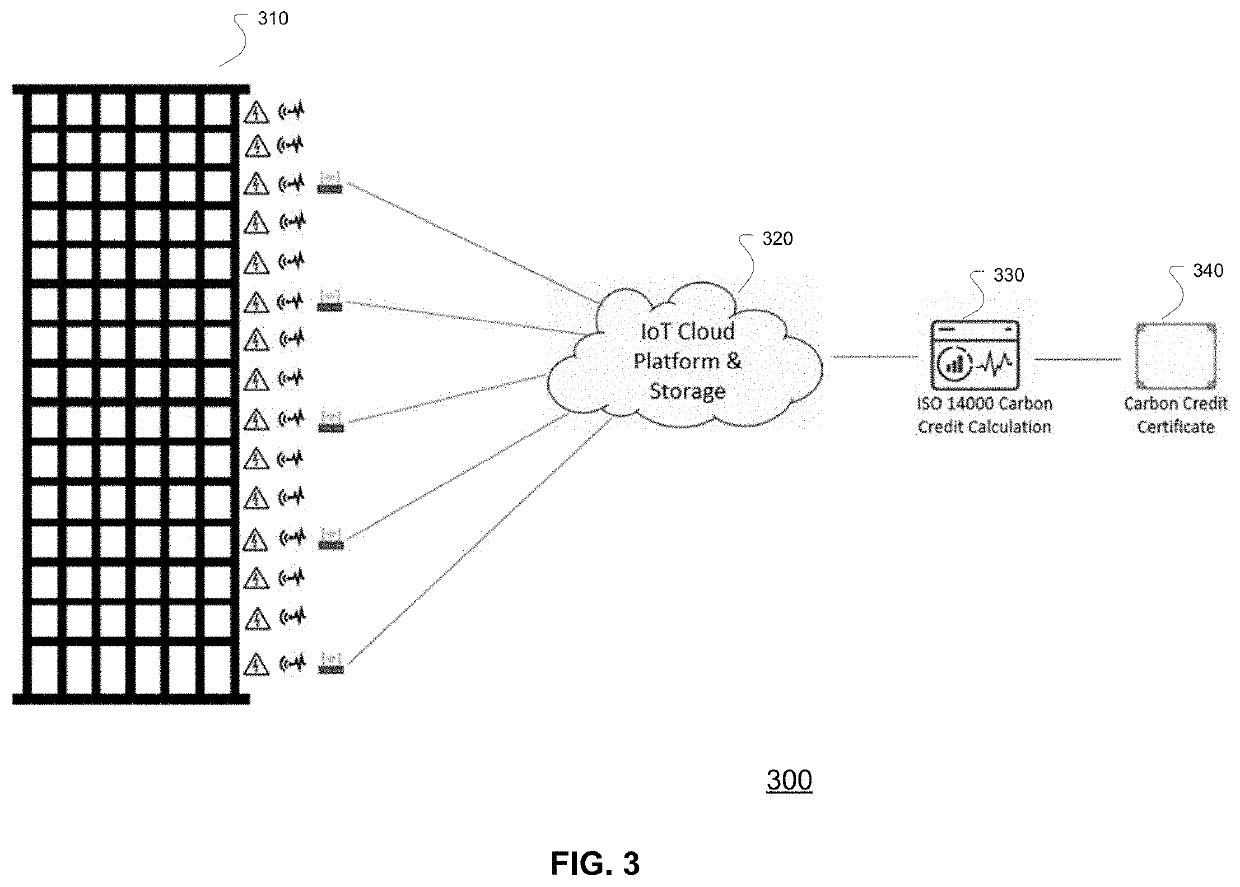System, business and technical methods, and article of manufacture for utilizing internet of things technology in energy management systems designed to automate the process of generating and/or monetizing carbon credits
a technology of internet of things and energy management system, applied in financial management, instruments, payment protocols, etc., can solve the problems of band saw belt expenses and band saw machine costs, and achieve the effect of saving costs and improving user experience and operator safety
- Summary
- Abstract
- Description
- Claims
- Application Information
AI Technical Summary
Benefits of technology
Problems solved by technology
Method used
Image
Examples
Embodiment Construction
[0065]In the future, the Internet of things may be a non-deterministic and open network in which auto-organized or intelligent entities (Web services, SOA components), virtual objects (avatars) will be interoperable and able to act independently (pursuing their own objectives or shared ones) depending on the context, circumstances or environments. Autonomous behavior through the collection and reasoning of context information as well as the objects ability to detect changes in the environment, faults affecting sensors and introduce suitable mitigation measures constitute a major research trend, clearly needed to provide credibility to the IoT technology. Modern IoT products and solutions in the marketplace use a variety of different technologies to support such context-aware automation but more sophisticated forms of intelligence are requested to permit sensor units to be deployed in real environments.
Architecture
[0066]The system will likely be an example of event-driven architectur...
PUM
| Property | Measurement | Unit |
|---|---|---|
| RF frequency | aaaaa | aaaaa |
| RF frequency | aaaaa | aaaaa |
| radius | aaaaa | aaaaa |
Abstract
Description
Claims
Application Information
 Login to View More
Login to View More - R&D
- Intellectual Property
- Life Sciences
- Materials
- Tech Scout
- Unparalleled Data Quality
- Higher Quality Content
- 60% Fewer Hallucinations
Browse by: Latest US Patents, China's latest patents, Technical Efficacy Thesaurus, Application Domain, Technology Topic, Popular Technical Reports.
© 2025 PatSnap. All rights reserved.Legal|Privacy policy|Modern Slavery Act Transparency Statement|Sitemap|About US| Contact US: help@patsnap.com



